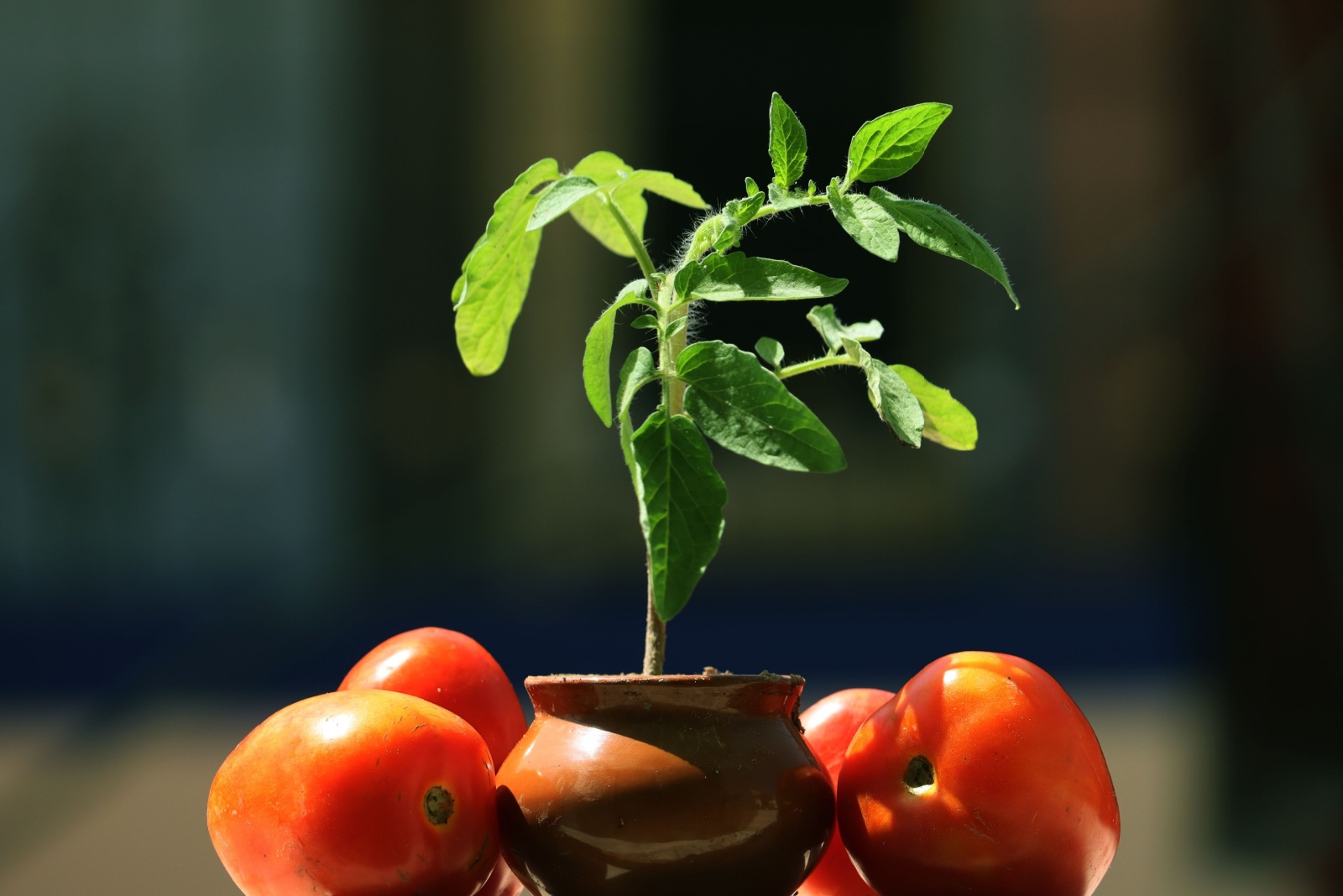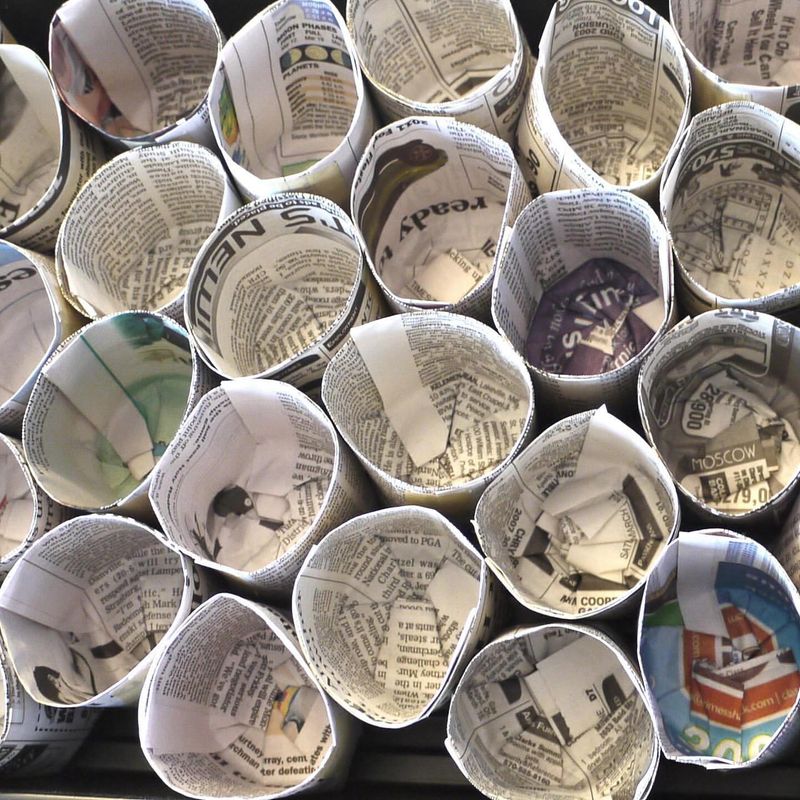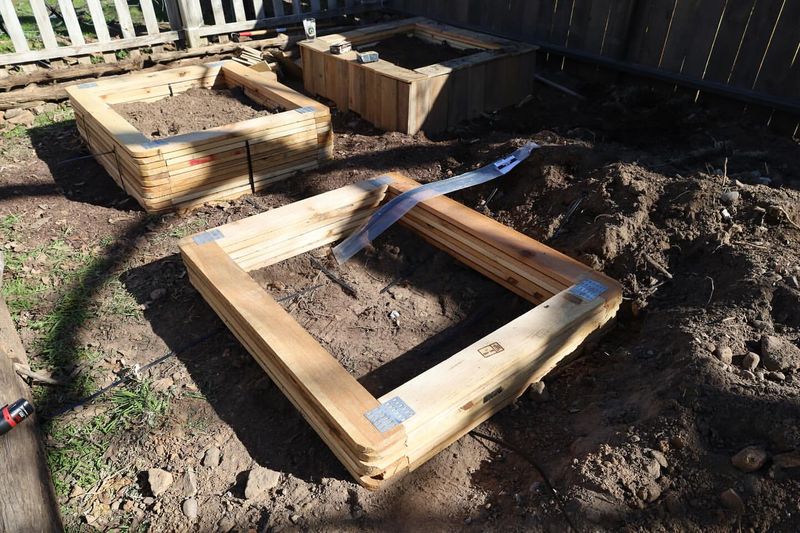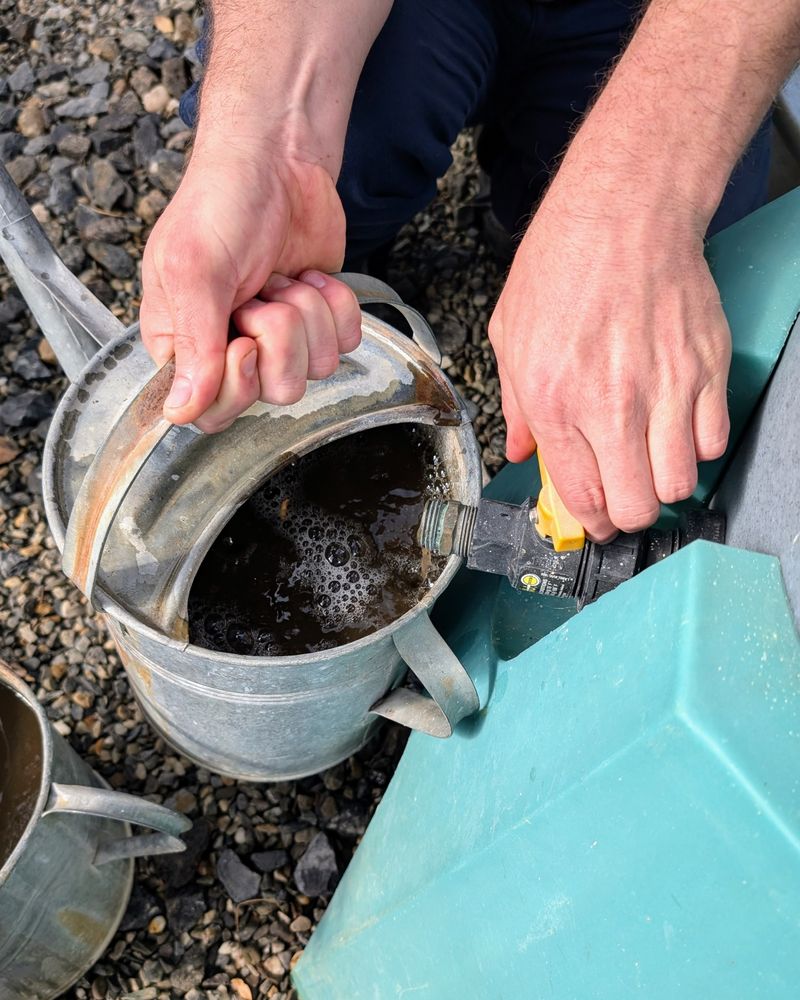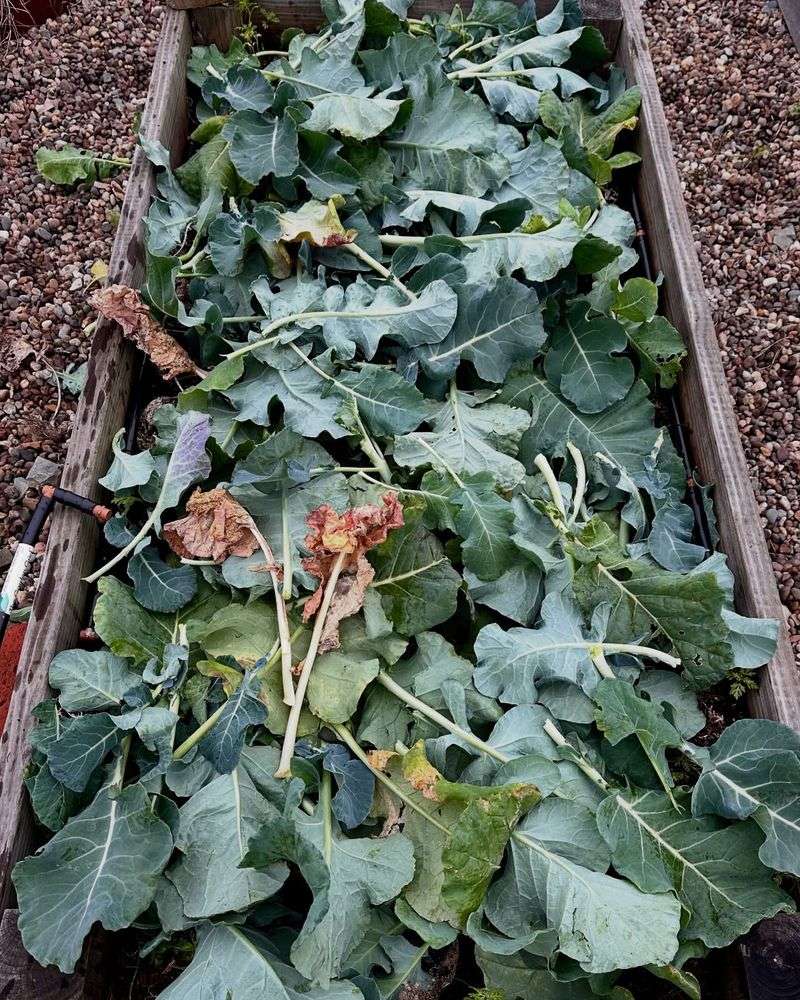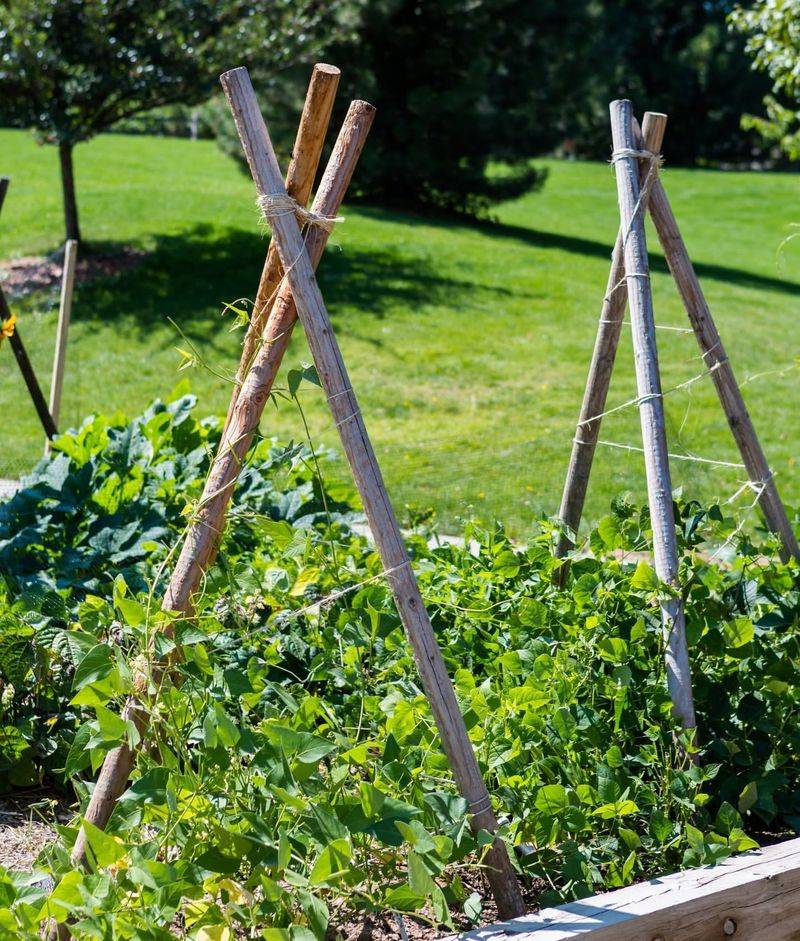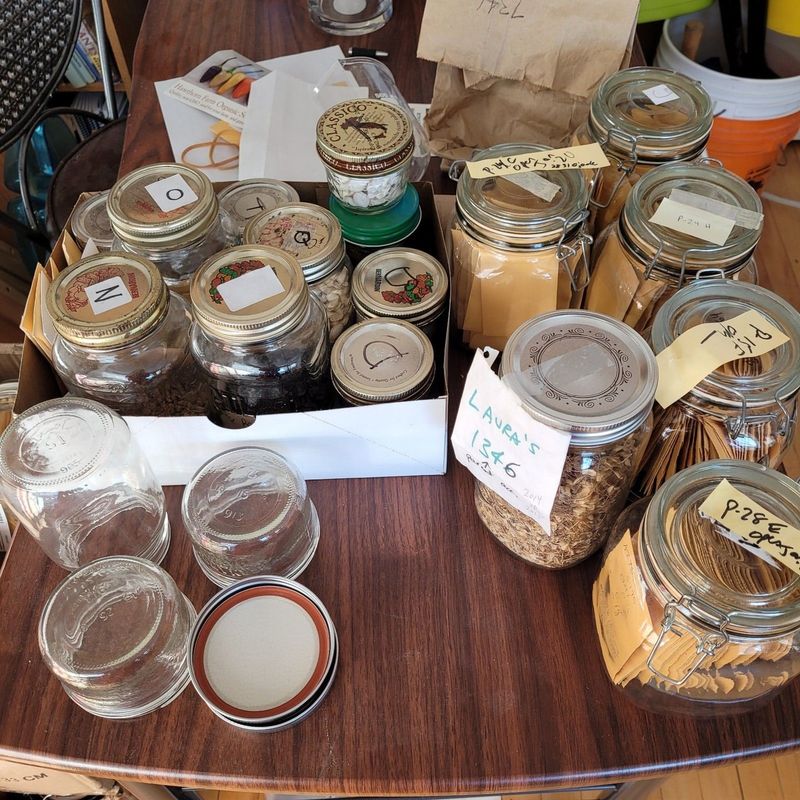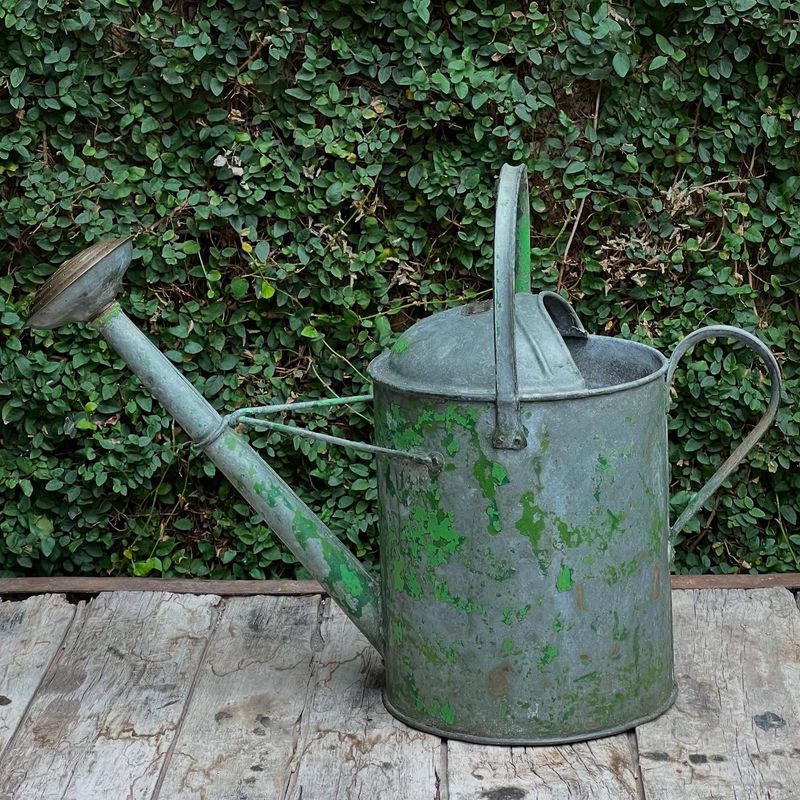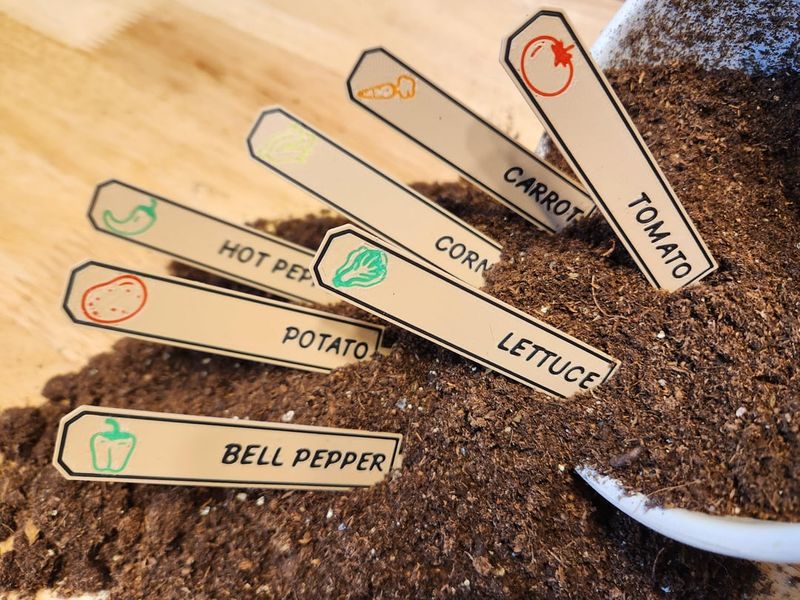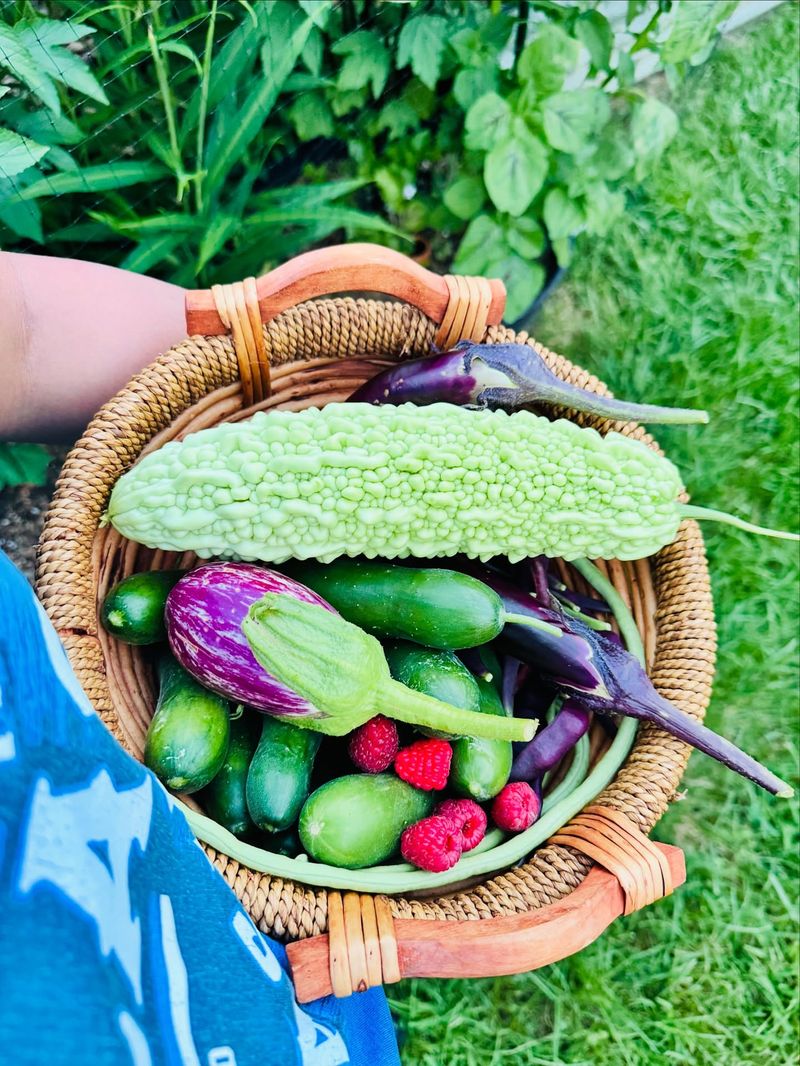Vermont’s short growing season and brisk spring air make vegetable gardening a true labor of love. It takes patience, planning, and a bit of grit to coax fresh produce from the soil. But that challenge is part of what makes it so rewarding.
While plastic tools and containers are common, they’re not the only option. Swapping them out for wood, metal, or biodegradable materials can be just as effective. These choices feel more in tune with the land and reduce long-term waste.
Growing food without plastic deepens your connection to Vermont’s rhythms and traditions. It’s a way to honor the state’s agricultural roots while caring for the environment. Every small shift brings us closer to a more sustainable garden.
1. Use Clay Pots For Seedlings
Starting seeds indoors gives Vermont gardeners a head start on the short growing season. Terracotta pots breathe naturally, preventing the soggy conditions that often lead to damping off disease.
I’ve found that my tomato seedlings develop stronger root systems in clay pots compared to plastic trays. The porous material allows excess moisture to escape while maintaining just enough dampness for healthy growth.
When it’s time to transplant, the entire pot can be buried in your garden soil where it will gradually break down over time, causing zero waste.
2. Create Newspaper Seed Starting Pots
Newspaper pots cost nothing and decompose directly in garden soil. Fold strips of newspaper around a small jar, then tuck the bottom edges under to form the base of your pot.
During my first plastic-free growing season, I made 75 newspaper pots in a single evening while listening to a podcast about Vermont farming history. The newspaper actually adds beneficial carbon to your soil as it breaks down.
Remember to use black and white pages only, as colored inks might contain chemicals you don’t want in your vegetable garden.
3. Build Wooden Raised Beds
Cedar and locust lumber naturally resist rot, making them perfect for Vermont’s damp spring conditions. Local sawmills often sell these woods for less than big box stores, supporting our state’s economy.
My raised beds are going strong after 8 years with minimal maintenance. The wood develops a beautiful silver patina that blends naturally with the landscape, unlike plastic alternatives.
Untreated wood provides habitat for beneficial insects while keeping synthetic chemicals away from your food plants.
4. Make Compost Tea Without Plastic Buckets
Galvanized metal buckets work beautifully for brewing compost tea, that magical liquid fertilizer that boosts plant growth. Old-time Vermont gardeners have used this method for generations before plastic became common.
Simply fill your metal bucket with rainwater, add a shovelful of finished compost in a burlap bag, and let it steep for three days. The resulting brown liquid contains millions of beneficial microorganisms.
Apply this nutrient-rich tea directly to your vegetable plants weekly during the growing season for remarkable results.
5. Mulch With Fallen Leaves
Vermont’s abundant fall leaves make perfect free mulch for vegetable gardens. Collect them in canvas bags rather than plastic ones, then shred them by running over the pile with a lawnmower.
This natural mulch keeps moisture in the soil during dry spells and prevents weeds from establishing. Last summer, I barely needed to water my garden despite three weeks without rain thanks to thick leaf mulch.
As leaves break down, they feed earthworms and soil microbes, gradually improving your soil structure year after year.
6. Trellis With Natural Materials
Vermont’s forests offer abundant materials for plastic-free trellising. Maple saplings, birch branches, and even last year’s sunflower stalks make excellent supports for climbing vegetables.
For my cucumber trellis, I wove together fallen branches in a simple grid pattern. The irregular shapes added visual interest to my garden while providing sturdy support for heavy fruit.
Natural trellises eventually decompose, returning nutrients to your soil rather than leaving behind microplastics that persist in the environment.
7. Store Seeds In Glass Jars
Mason jars with metal lids make perfect seed storage containers for Vermont gardeners. They protect precious seeds from our humid summer air and curious mice during winter storage.
Add a small packet of silica gel or some dried rice to absorb excess moisture. I label each jar with masking paper tape and pencil rather than plastic labels—just as effective but fully biodegradable.
The clear glass makes it easy to see what’s inside, and the jars can be reused indefinitely, unlike plastic bags that eventually break down and need replacement.
8. Water With Metal Watering Cans
Galvanized metal watering cans last decades longer than plastic versions. Mine belonged to my grandmother, who used it throughout her 40 years of gardening in northern Vermont.
The gentle shower head delivers water without disturbing delicate seedlings or washing away soil. During dry spells, I fill several cans and let them warm in the sun before watering, as cold water can shock plant roots.
Metal cans develop character with age and can be repaired if damaged, unlike plastic that cracks and must be discarded.
9. Label Plants With Wooden Markers
Wooden plant markers blend beautifully with garden aesthetics while avoiding plastic waste. Cedar shingles cut into strips make durable markers that last through Vermont’s rainy springs and hot summers.
Write plant names with a pencil rather than marker—it won’t fade in sunlight or wash away in rain. I’ve found that pressing firmly creates indentations that remain readable even after the graphite fades.
When the growing season ends, these markers can be composted or burned in your woodstove, completing the natural cycle.
10. Harvest In Woven Baskets
Wicker and wooden harvest baskets have served Vermont farmers for centuries before plastic totes appeared. These breathable containers allow air circulation that keeps freshly harvested vegetables from sweating and spoiling.
Local basketmakers throughout our state create beautiful, functional pieces that support traditional crafts. My favorite harvest basket has a comfortable wooden handle and flat bottom that prevents vegetables from getting crushed.
Unlike plastic, these natural baskets age gracefully, developing a beautiful patina that tells the story of many successful harvests.

